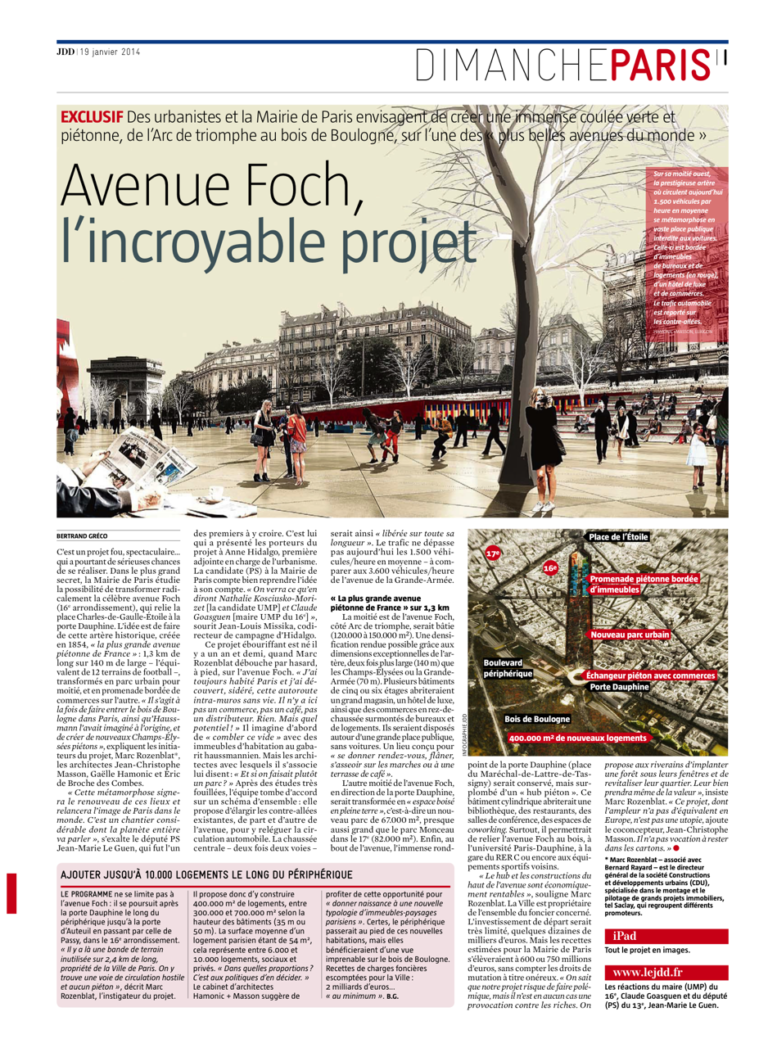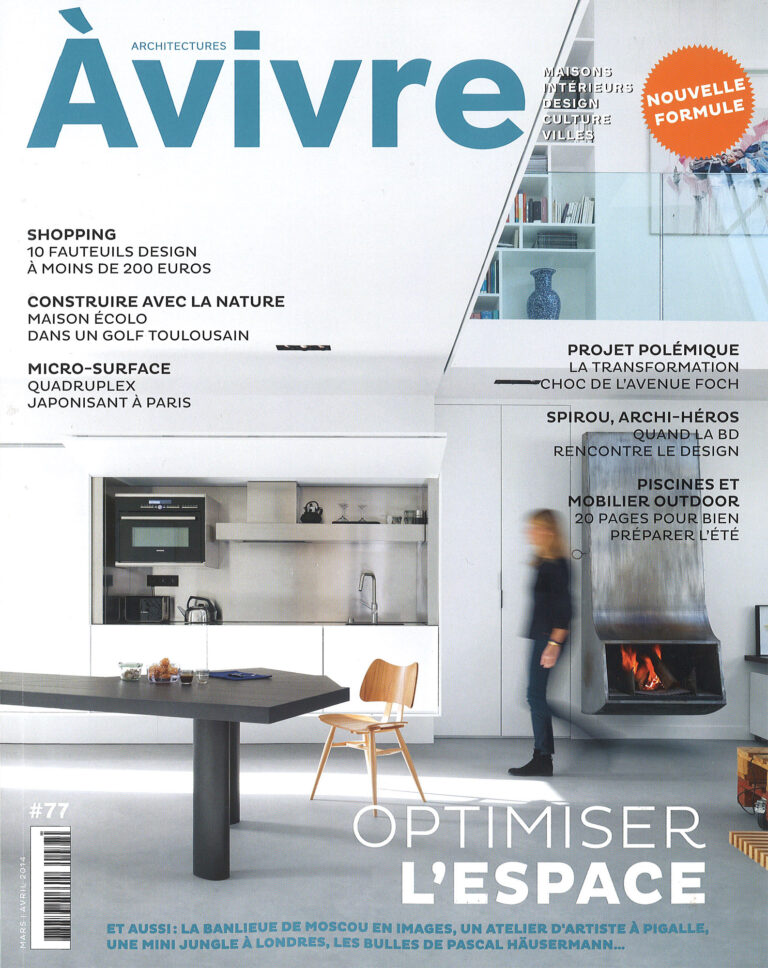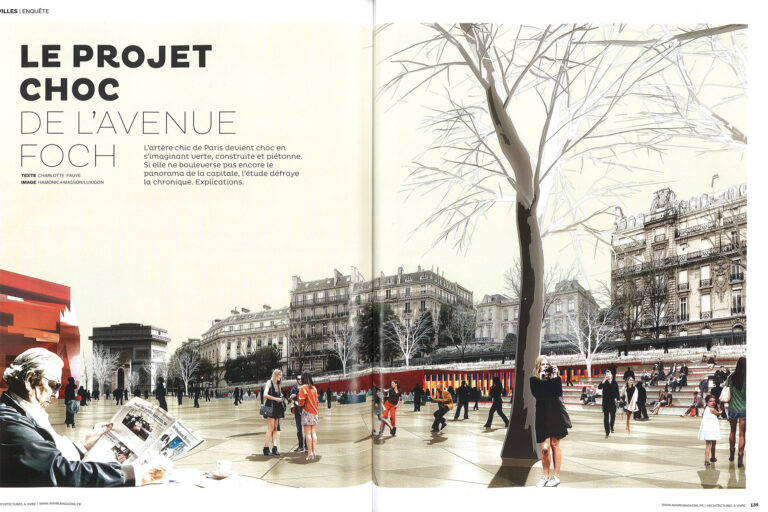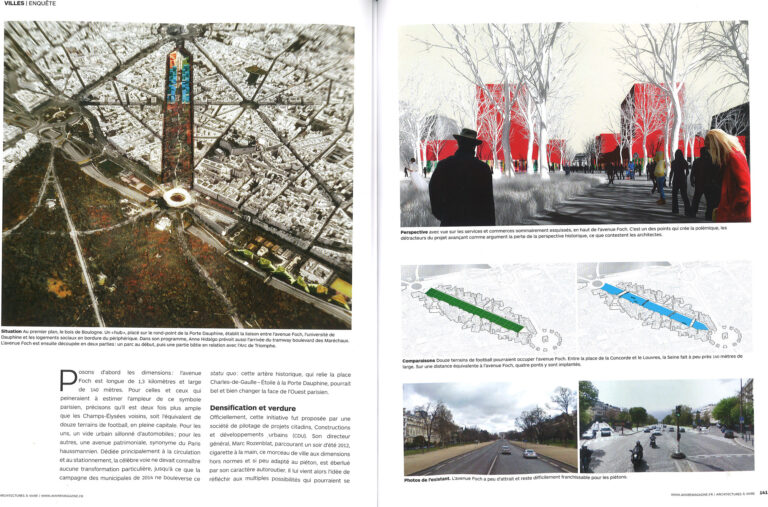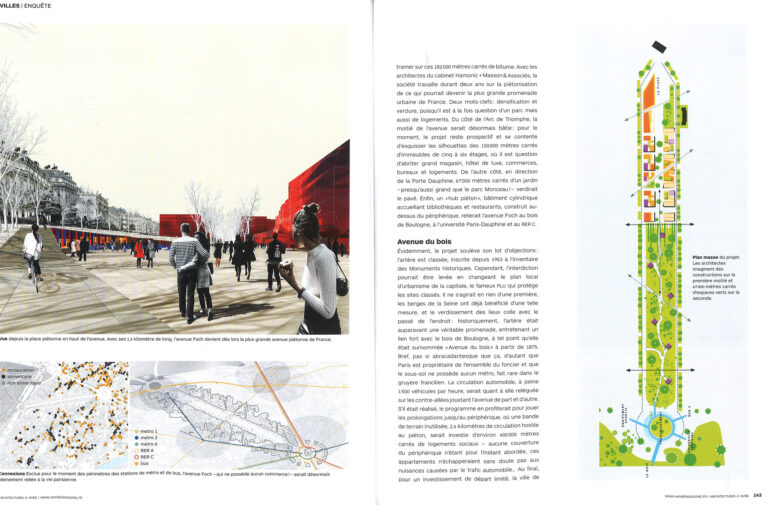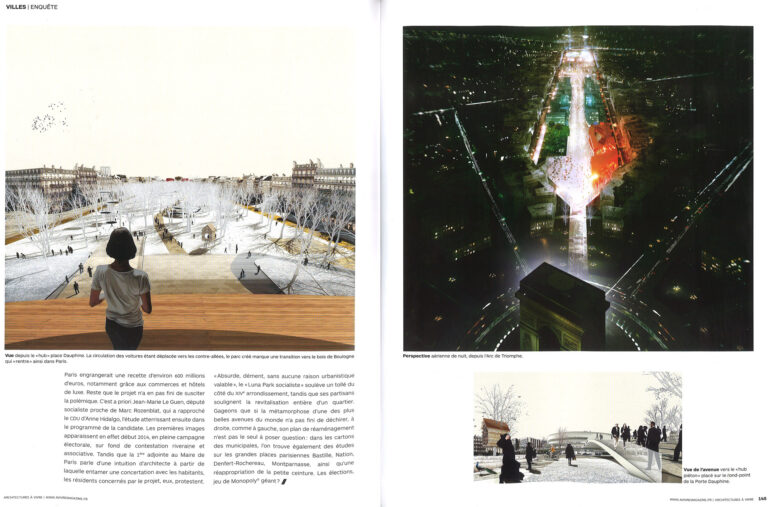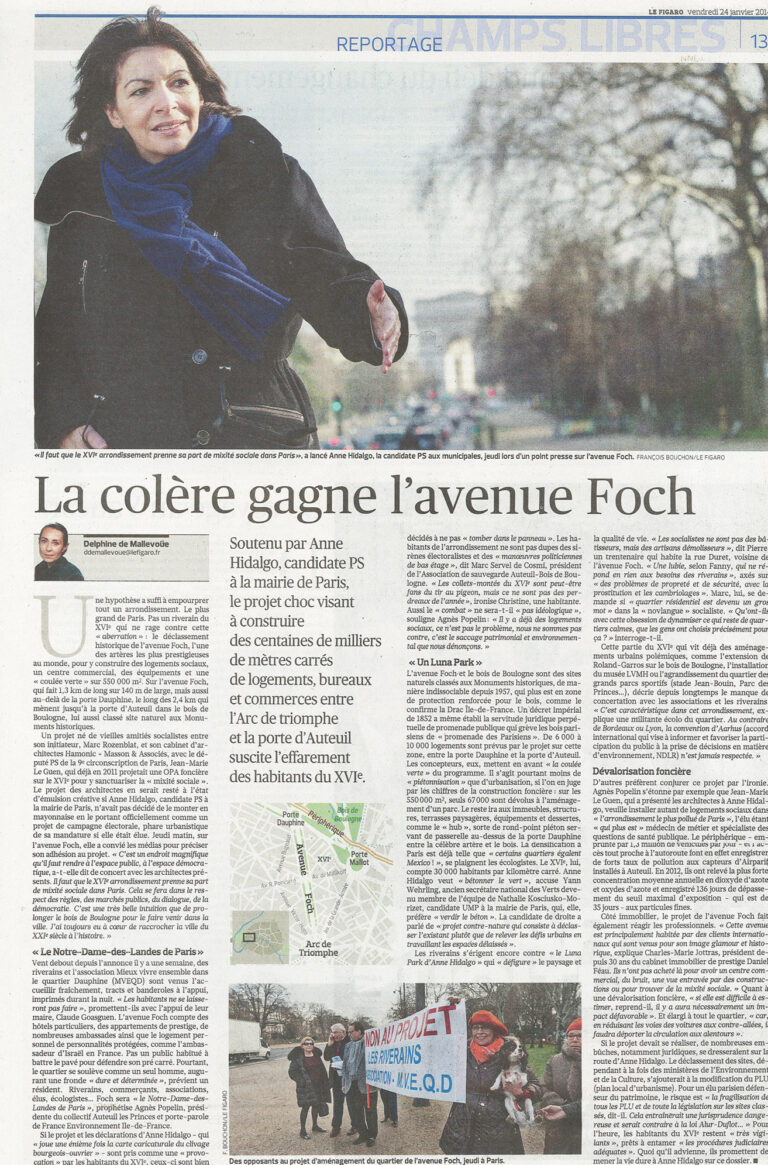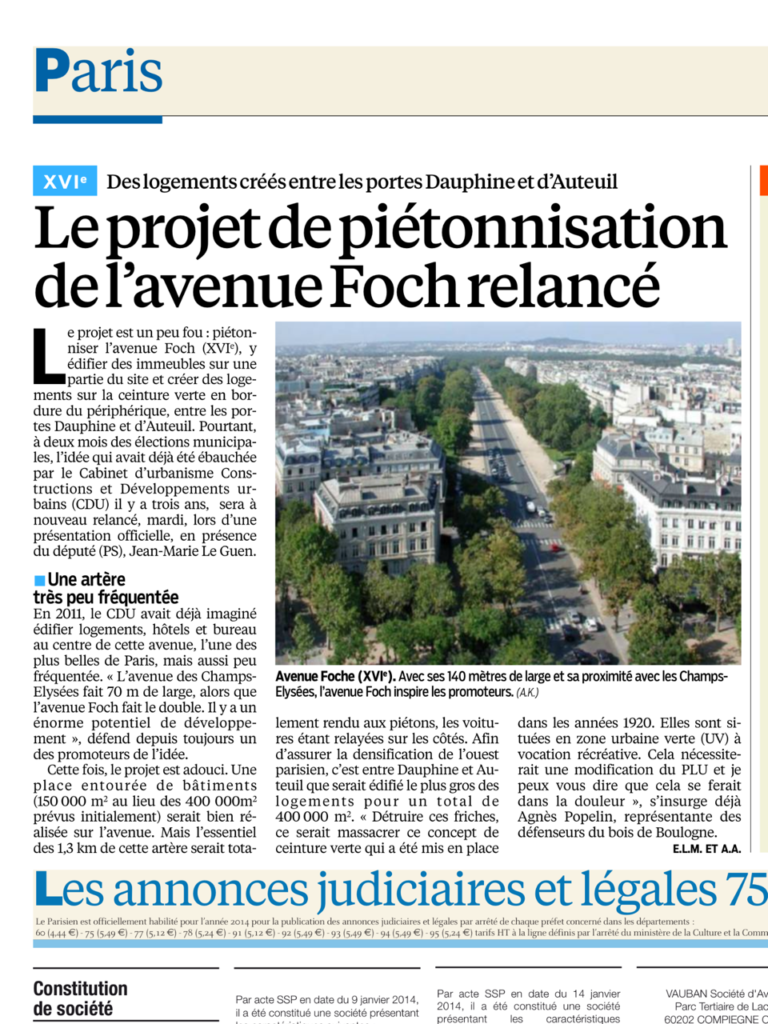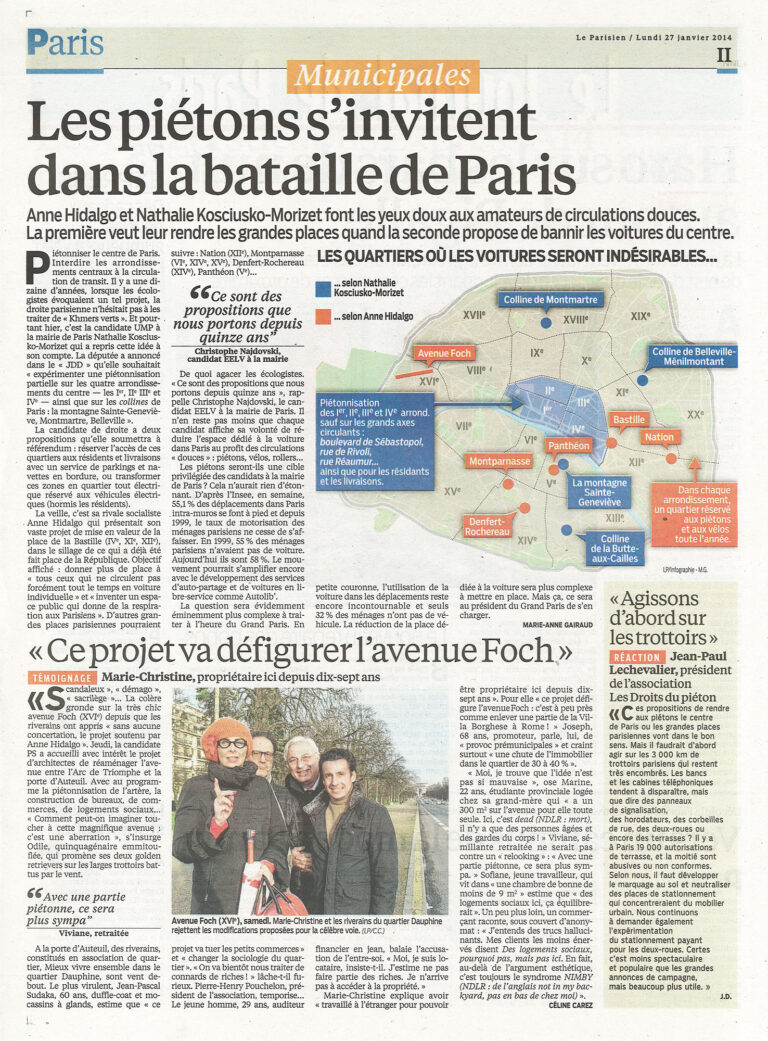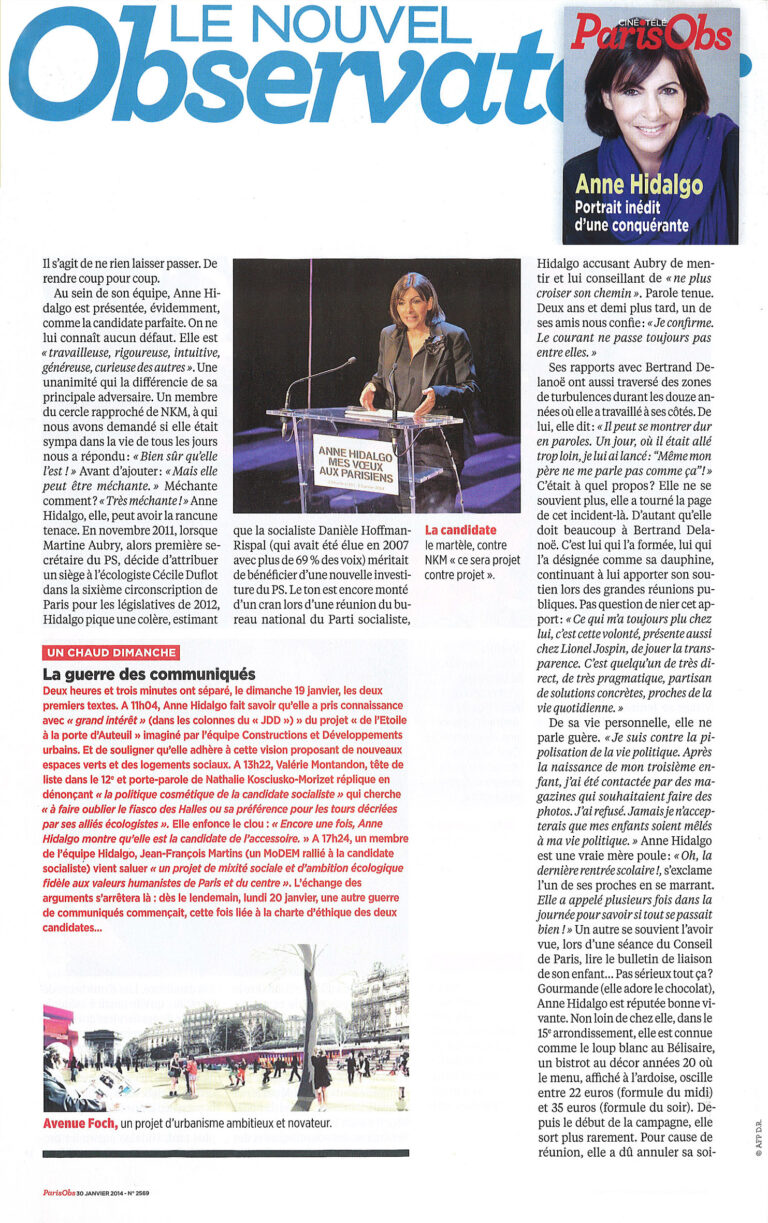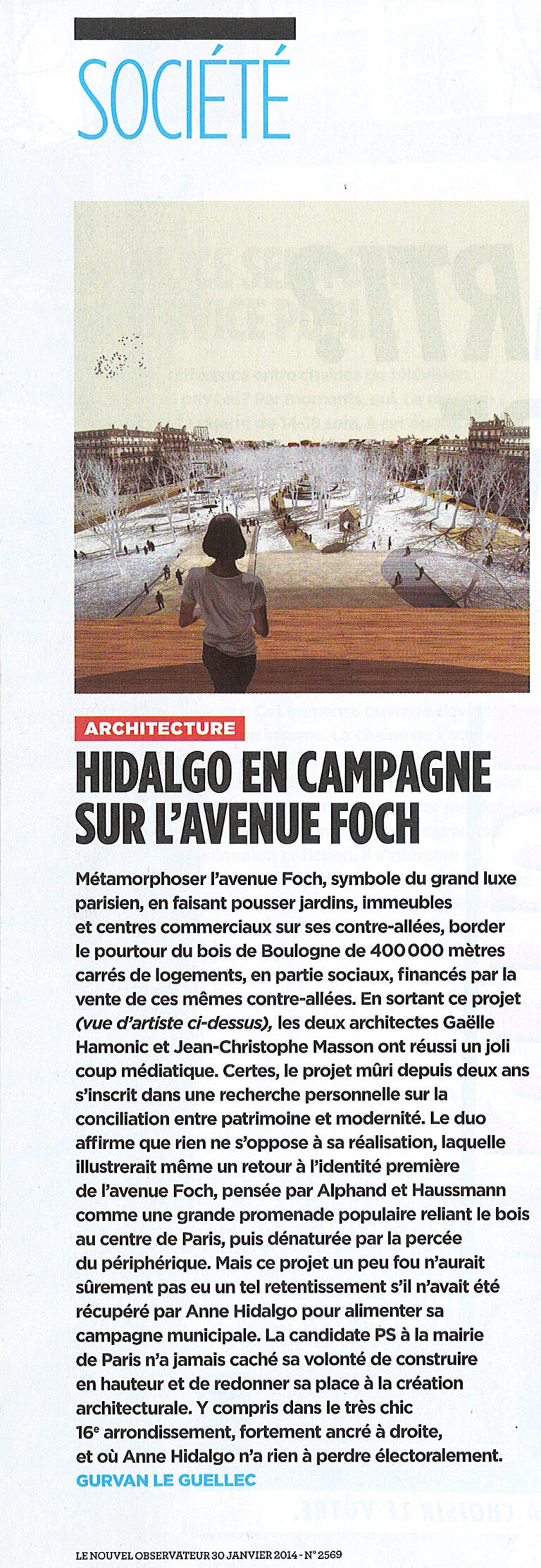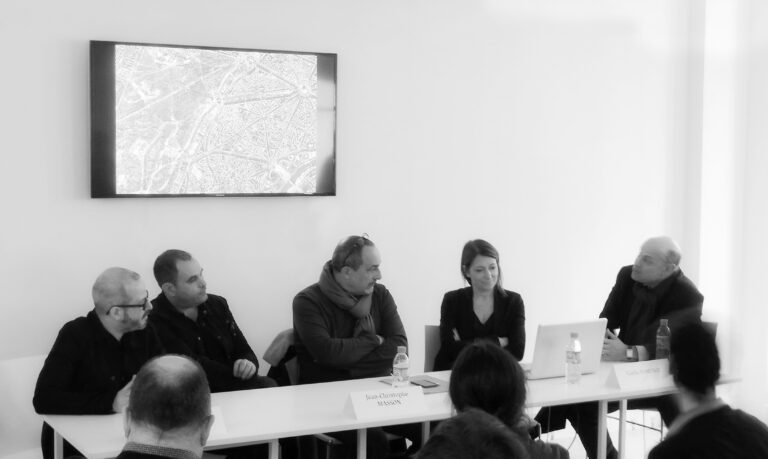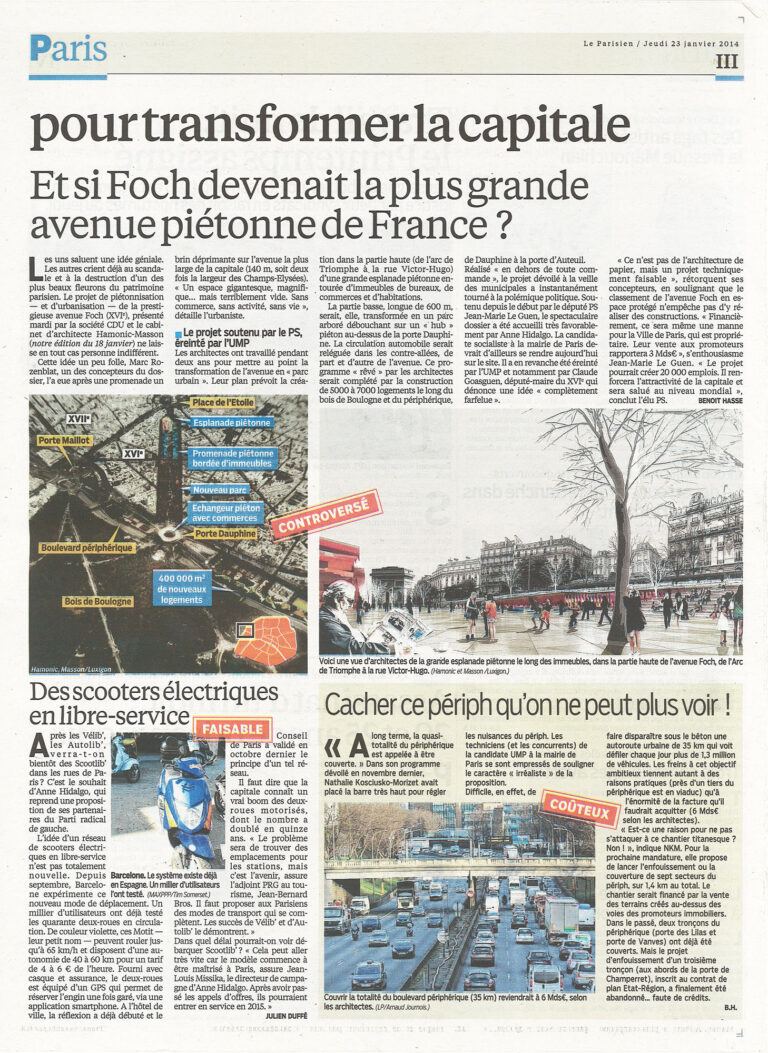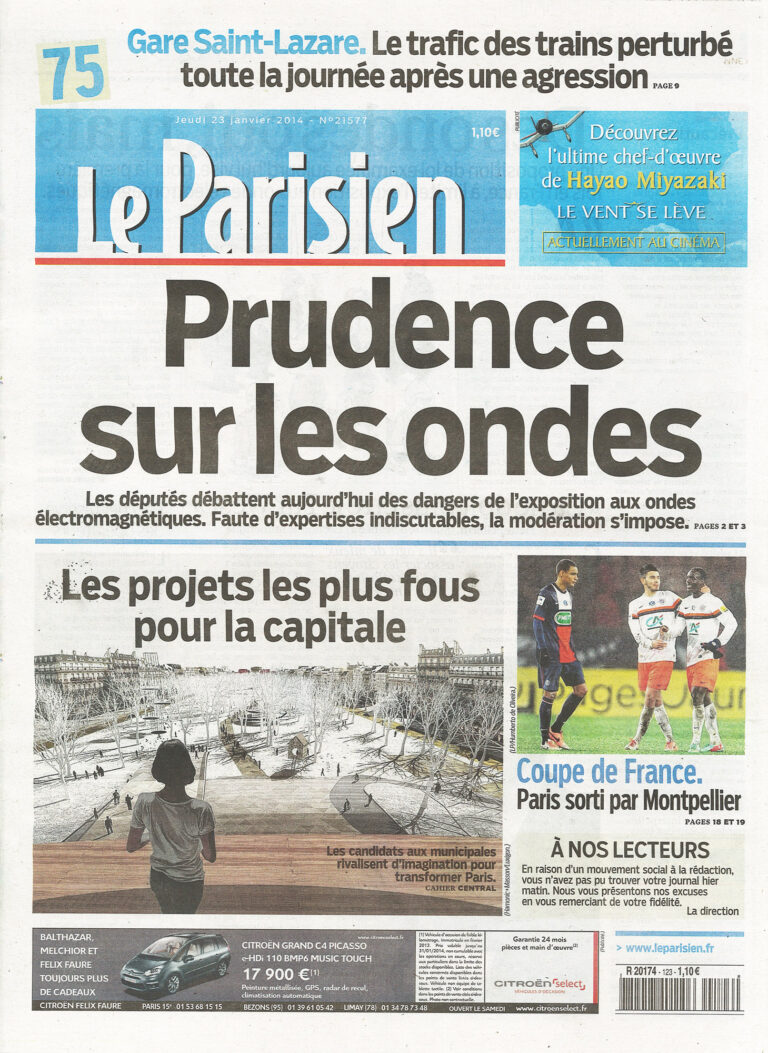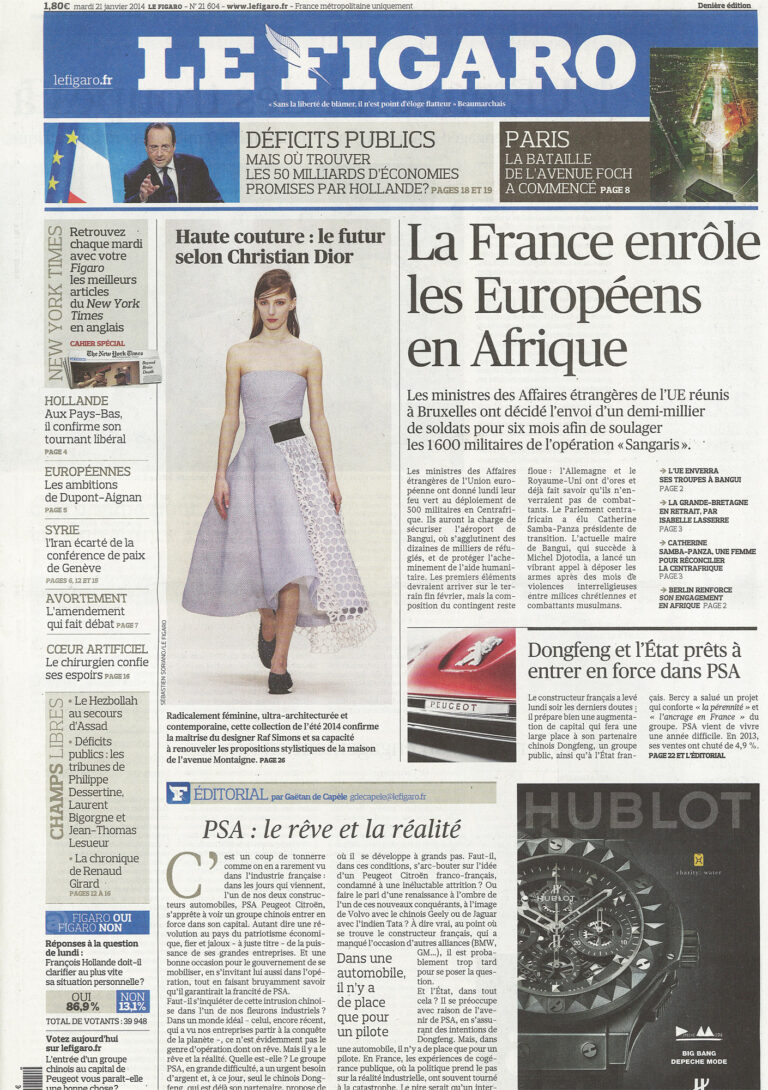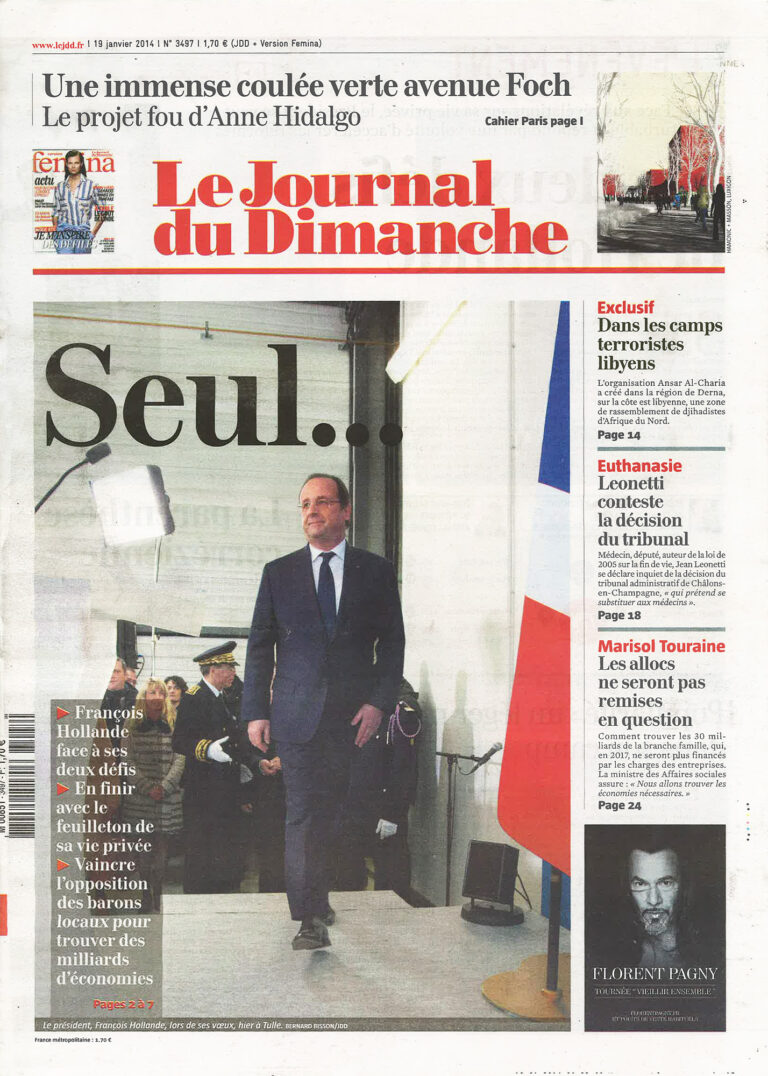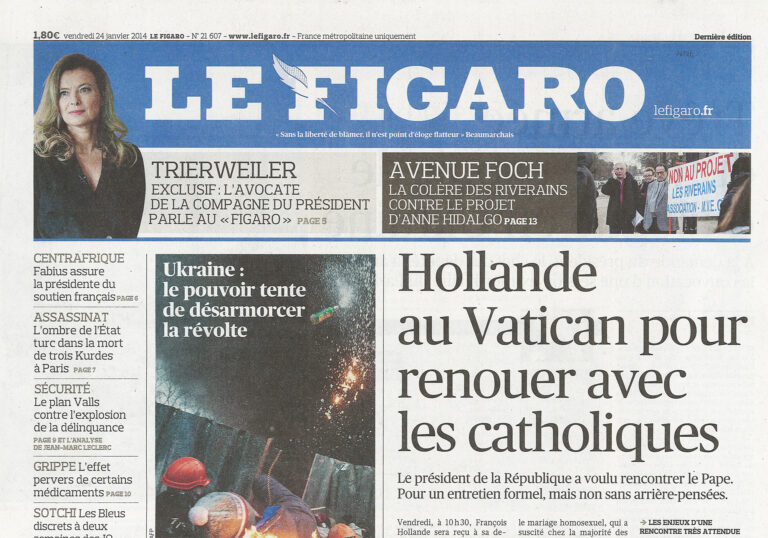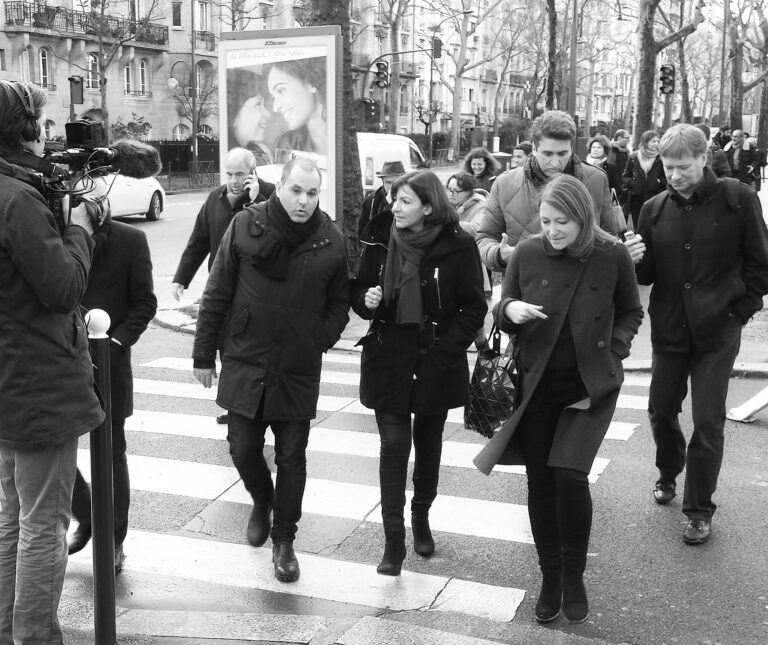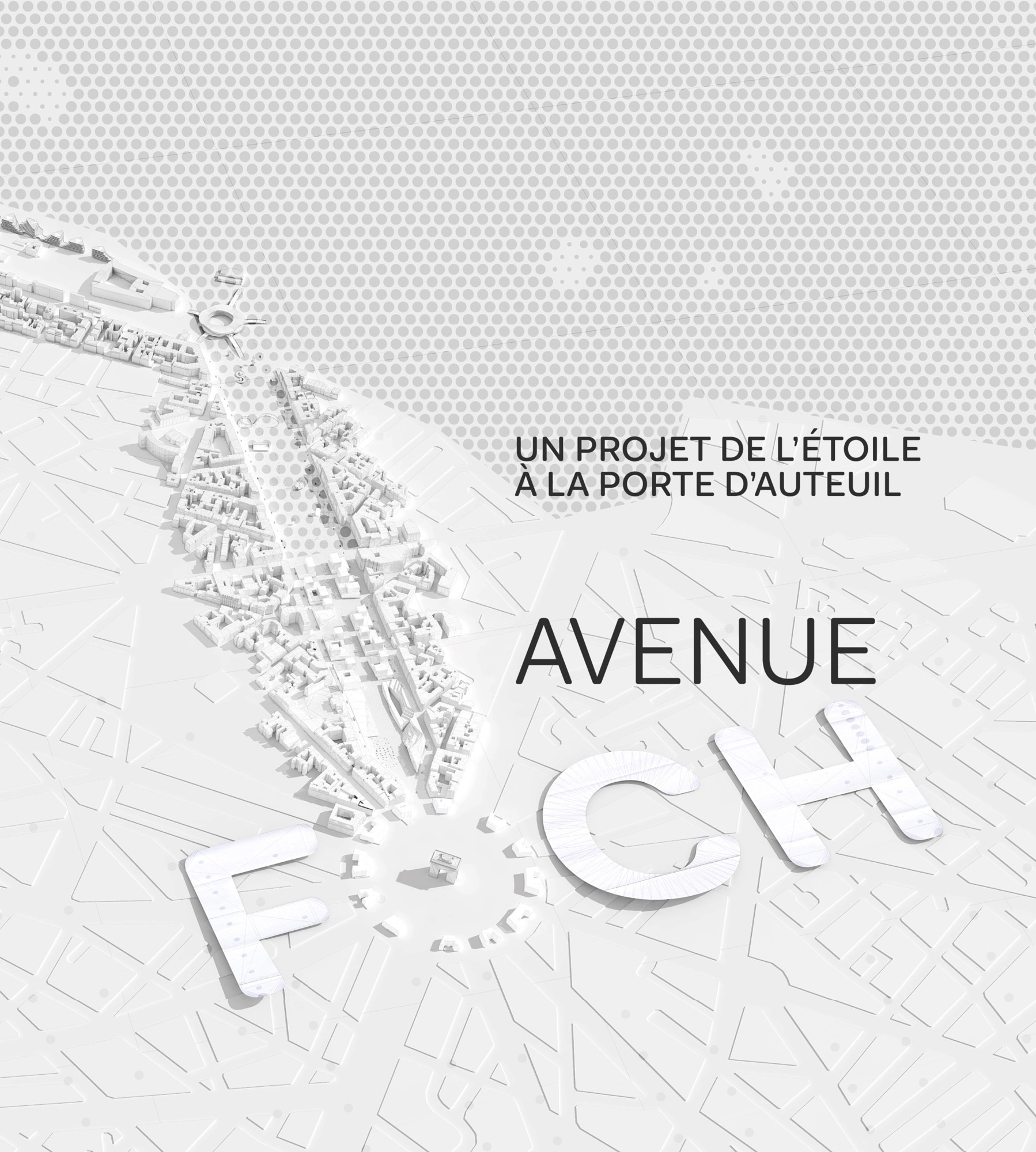
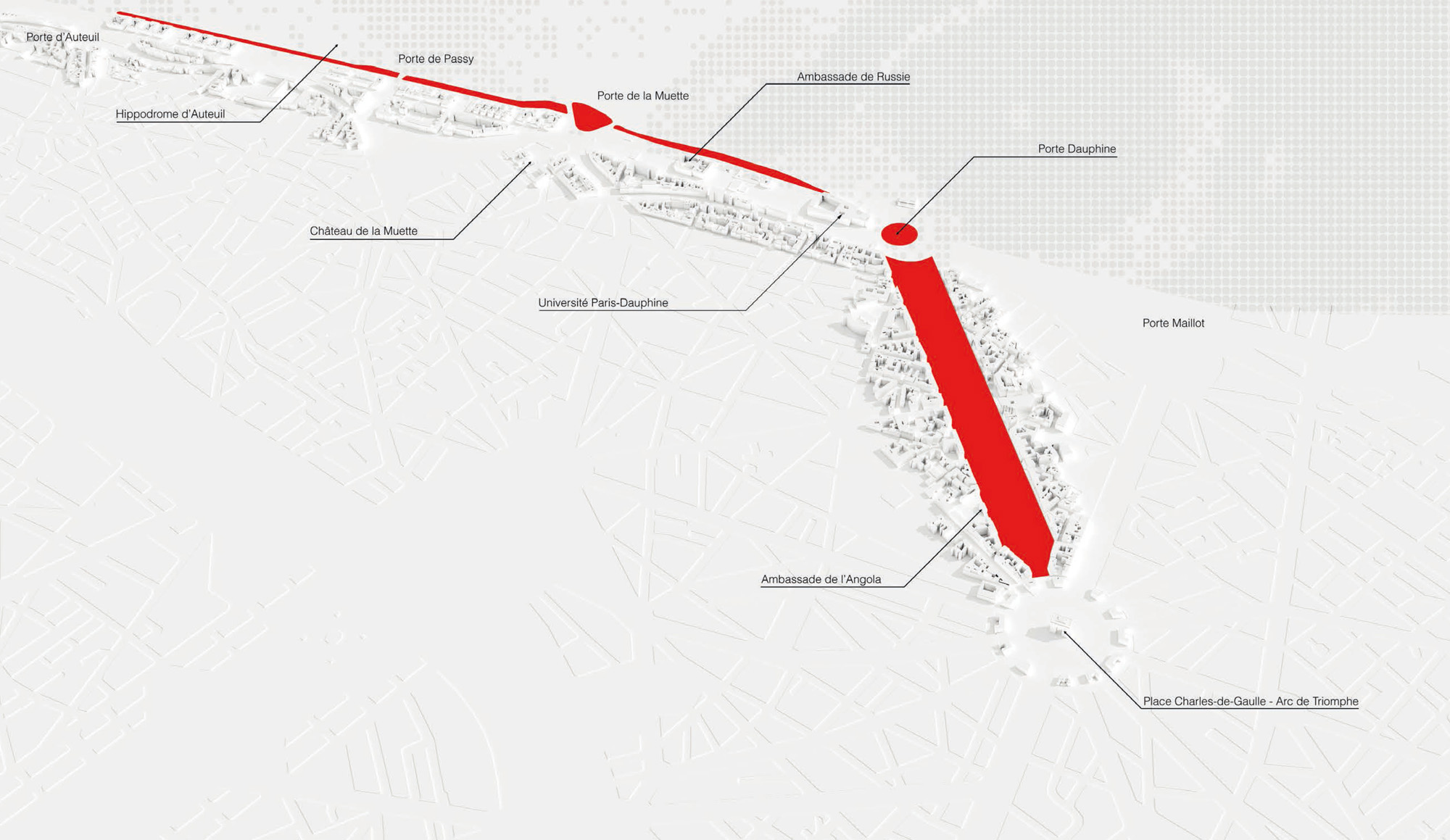












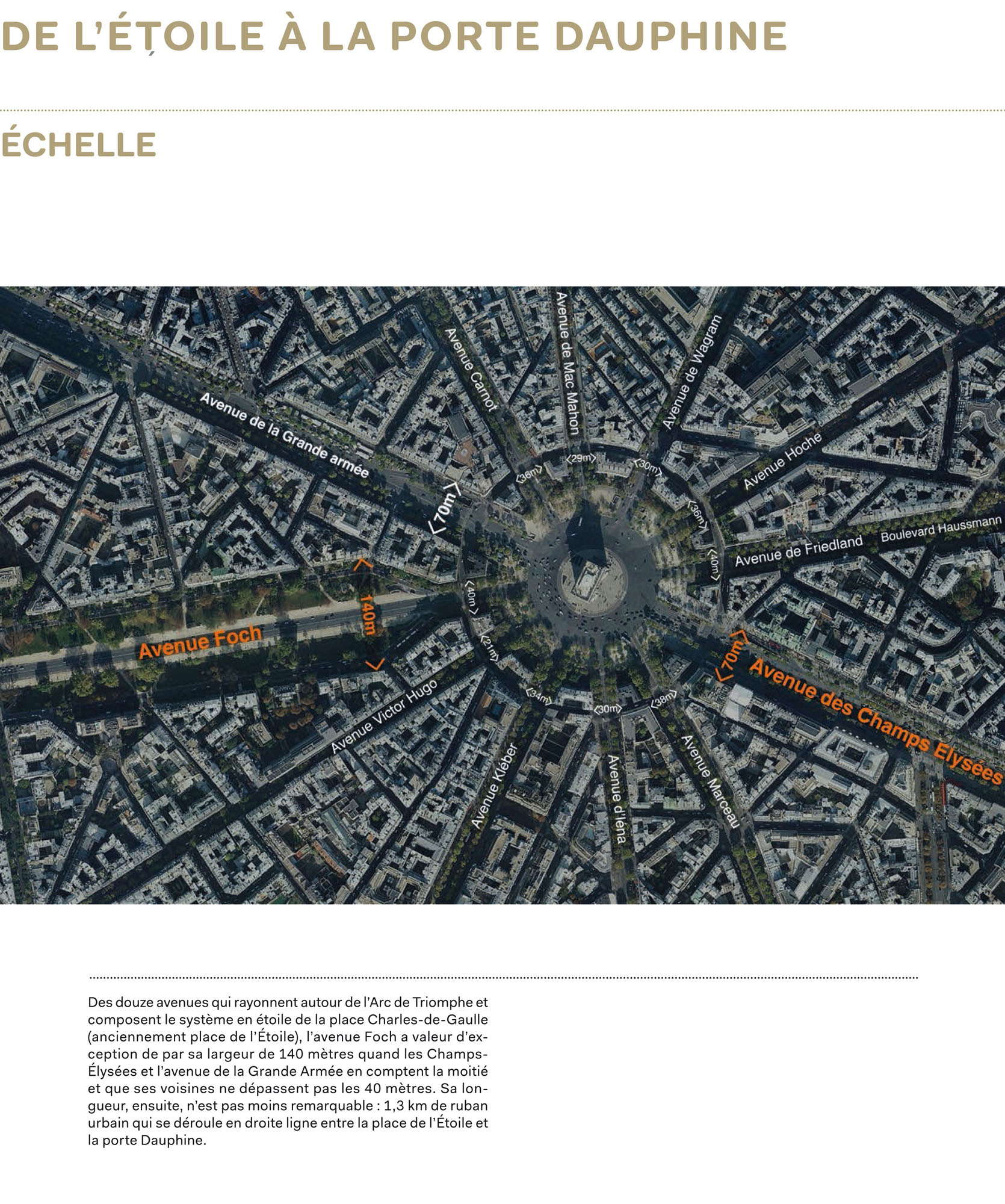
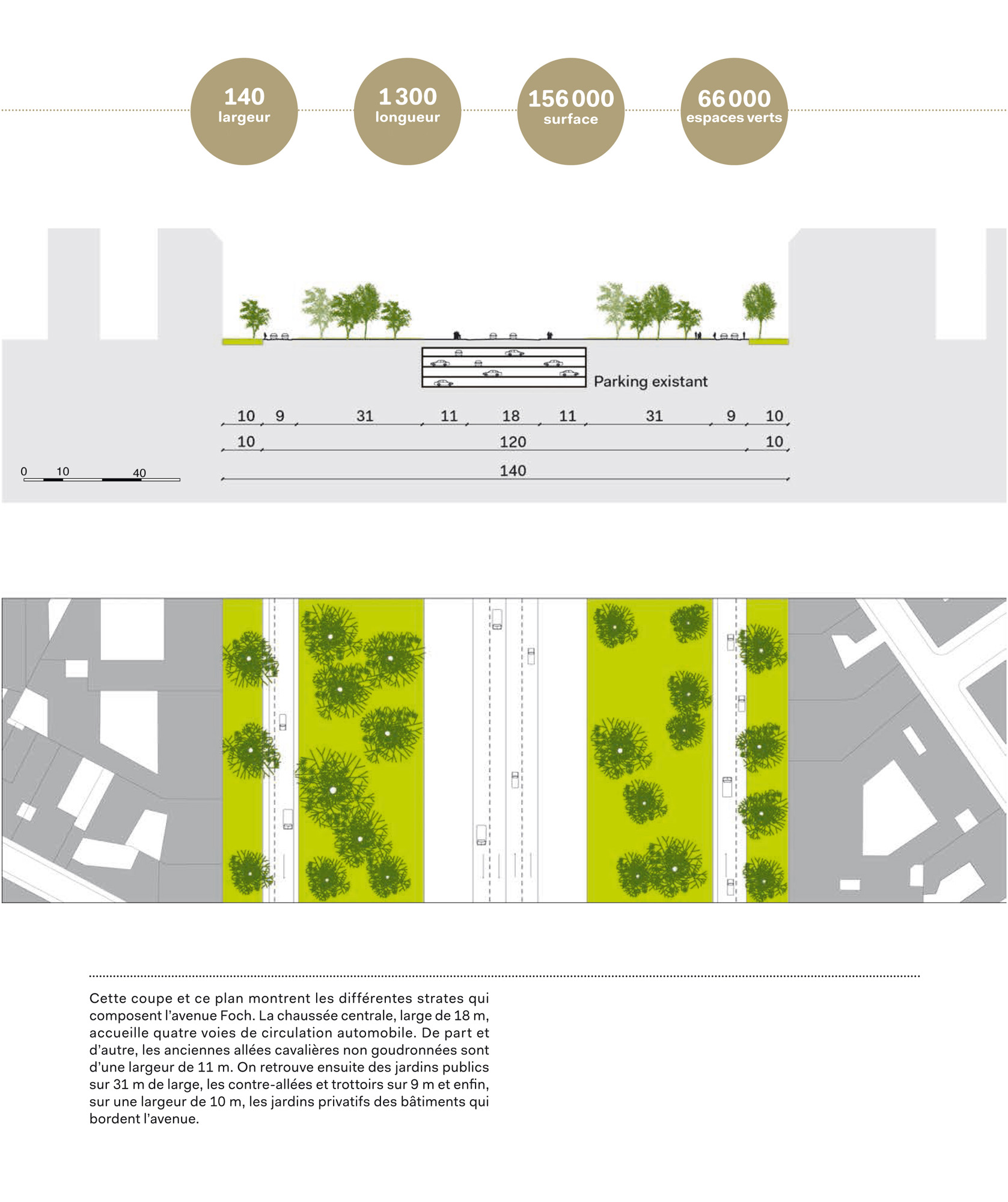








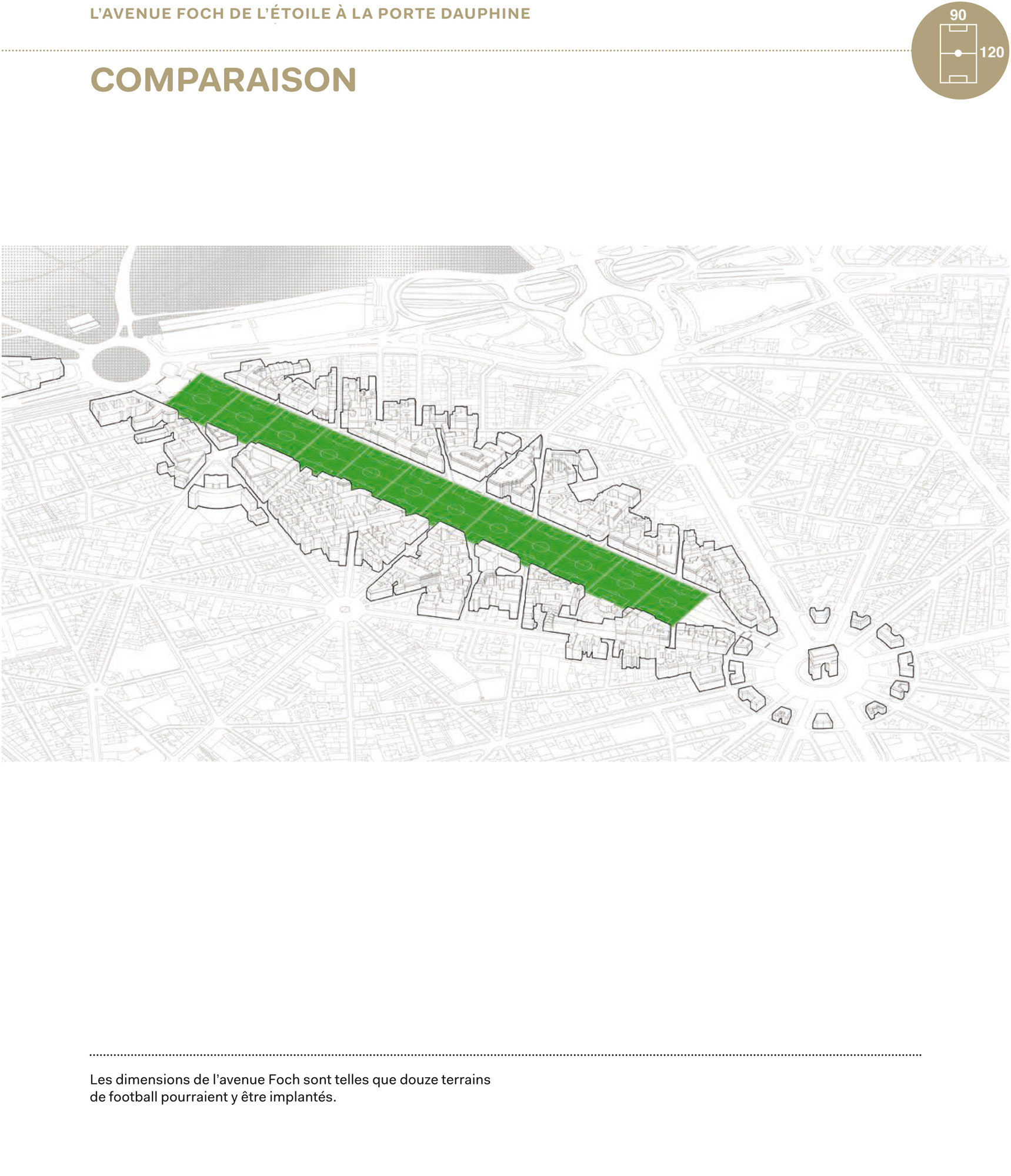
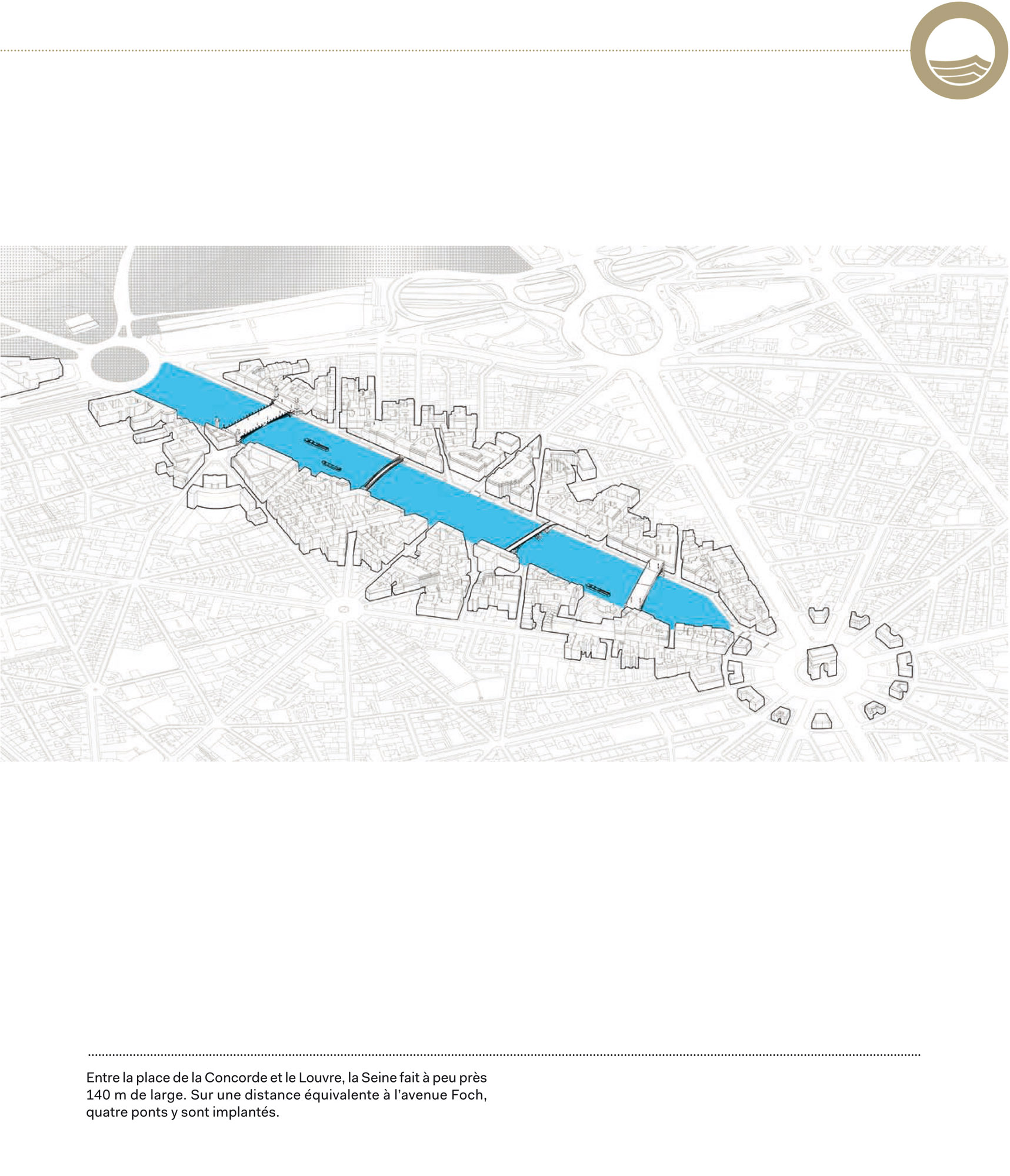








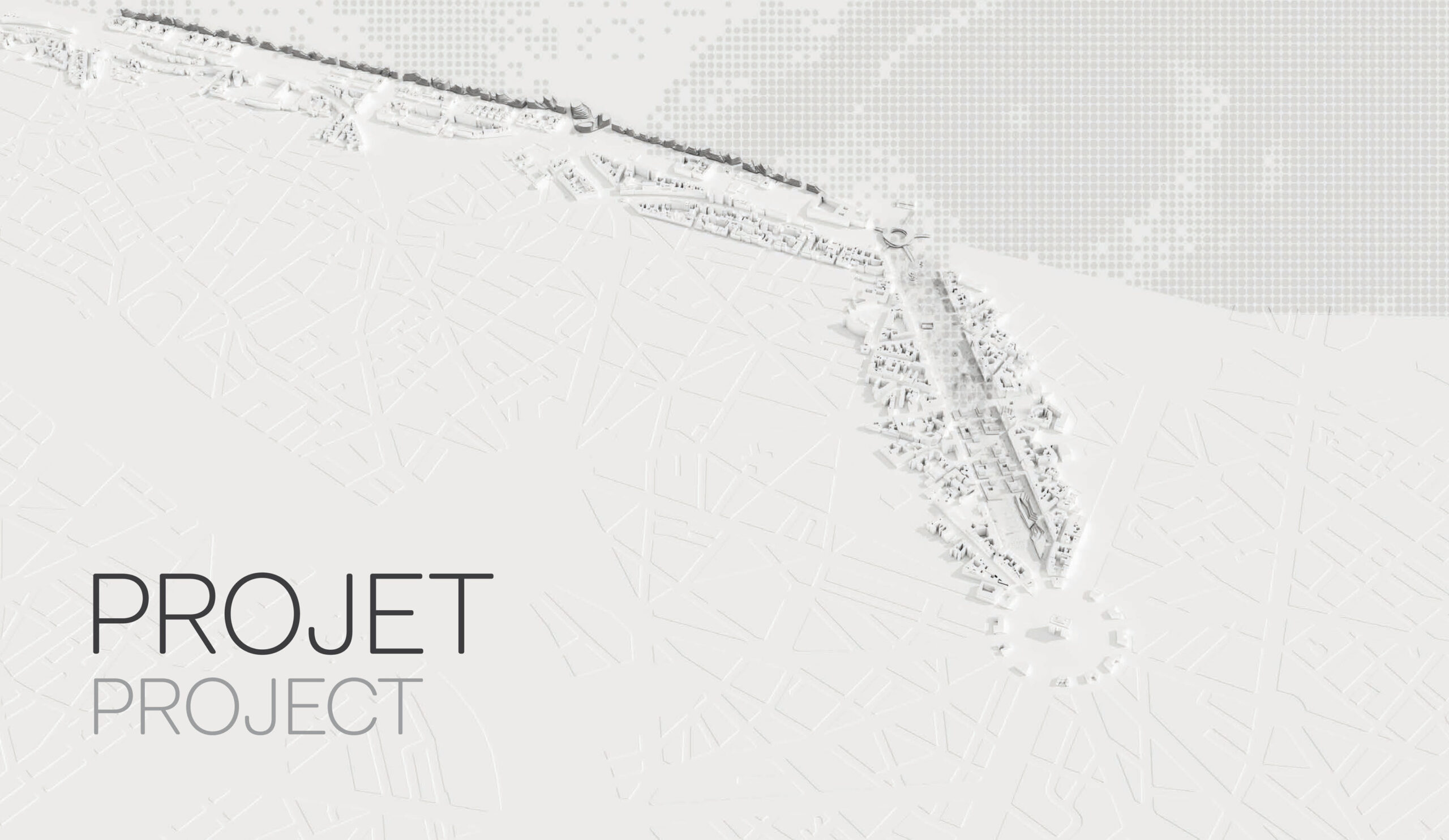



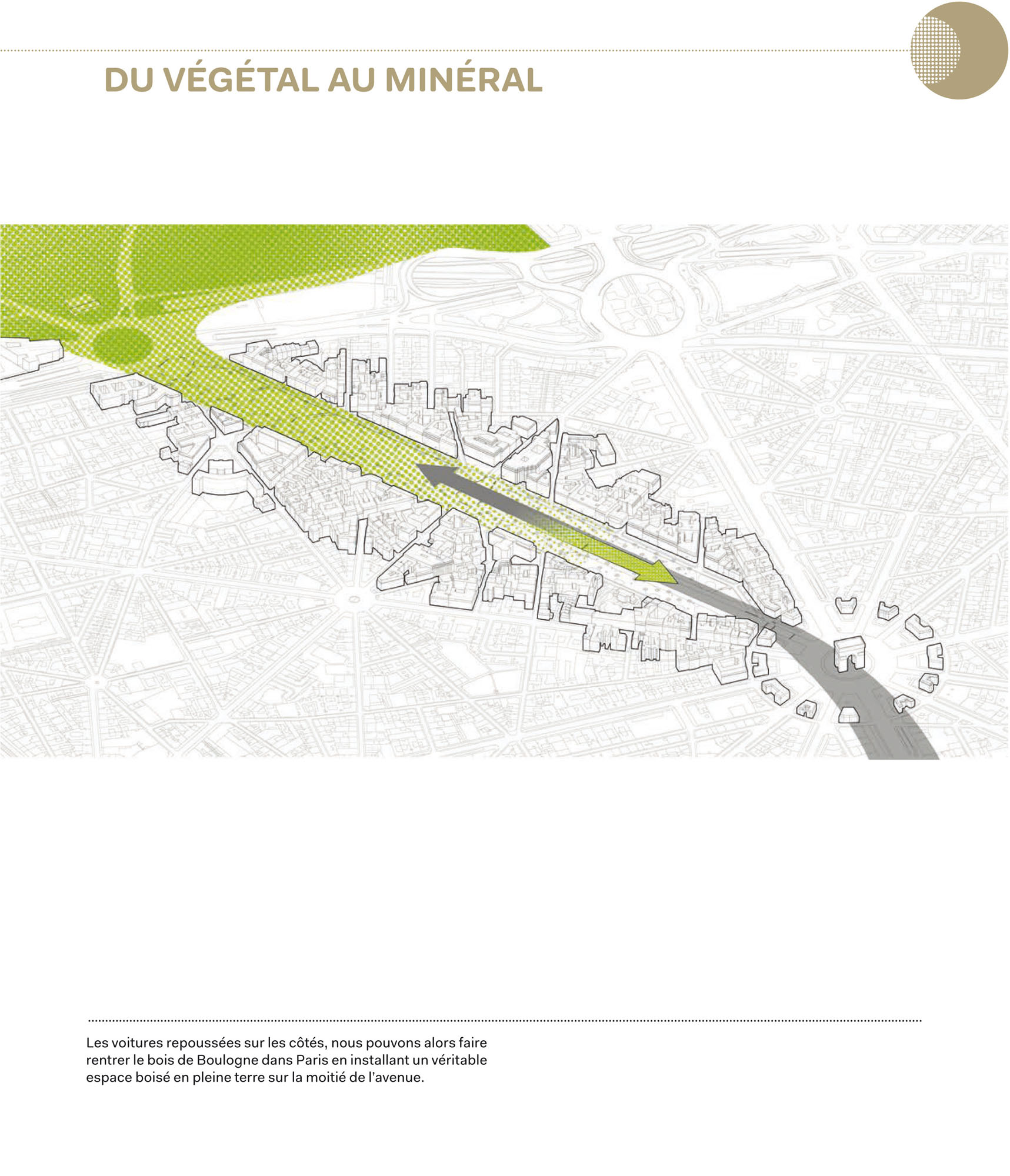










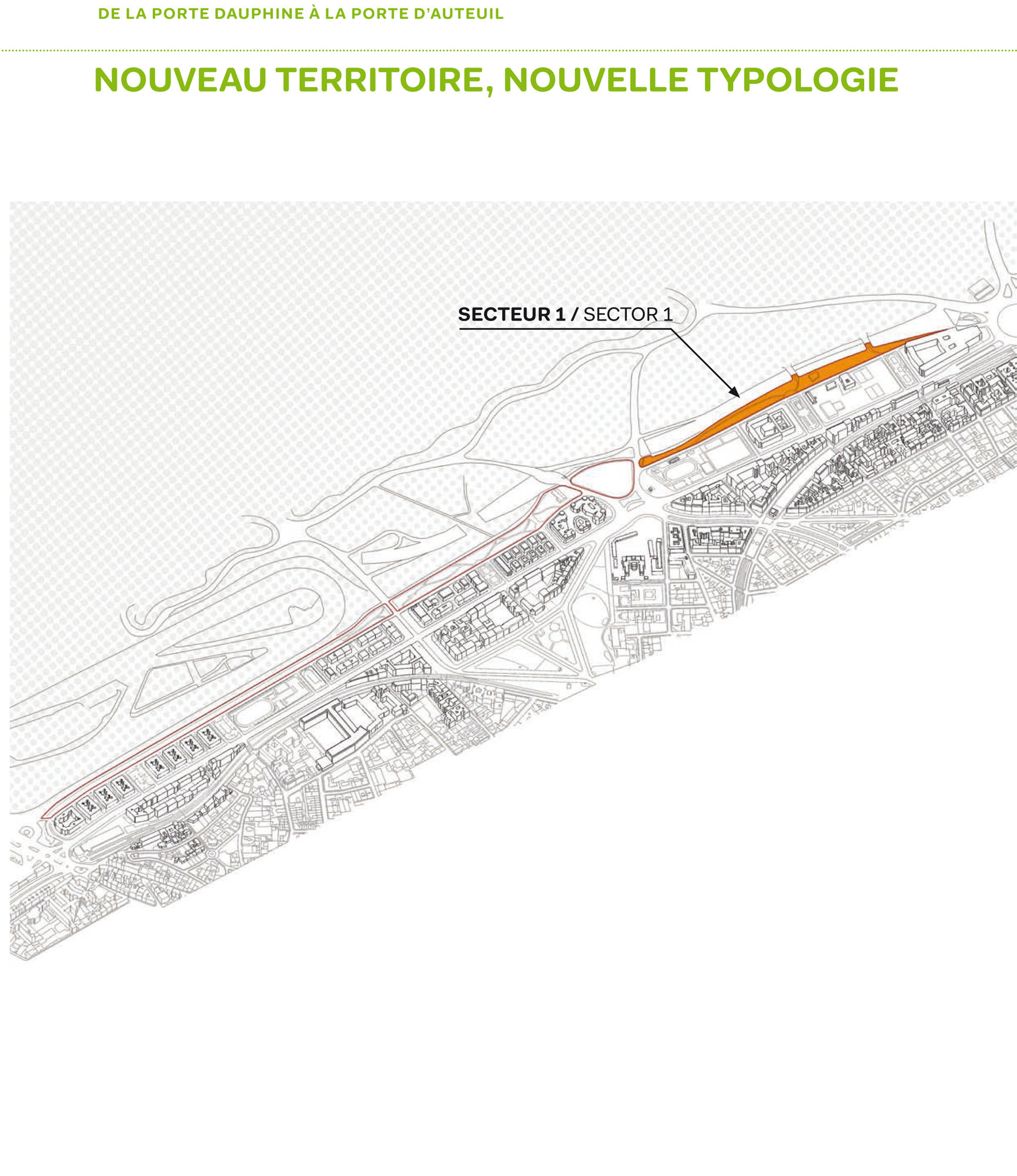
Avenue Foch : From Étoile to porte d’Auteuil
Paris, France
The project in question is a prospective one, free from any exterior demands. It is the result of a desire and a collective combining of expertise, which in turn allows the progressive elaboration of a scenario.
The story starts with instinct. A cigarette being smoked one evening during the summer of 2012 outside a restaurant in the 16th arrondissement of Paris provided the opportunity to explore an unknown space of incredible size: Avenue Foch, a part of Paris measuring 1.3km long and 140m wide. We ventured on foot, making it impossible to cross the constant wave of traffic. No metro, no commercial business, nobody.
A project aspiring to reclaim this land, our work puts in place urban tools unique to the city that should not fracture, but re-establish continuity and fluidity, re-create adventure, unpredictability, surprise and emotion in a passion to uncover the potential of this exceptional site. This is the storyboard of the Place de l’Étoile to the Porte d’Auteuil, passing through the metamorphosing Avenue Foche.
Looking to the future is impossible without looking at the past, because ignoring it only leads to mistakes made previously. Originally, Avenue Foch was an important route between the Bois de Boulogne and Paris. We want to claim back this legacy, which has gradually been lost due to the construction of Paris’ boulevard périphérique. During the 1960s, the creation of the roundabout at Porte Dauphine, constructed due to the overwhelming influx of cars, deals the first blow and physically separates the Bois de Boulogne from the avenue, reinforced by the edification of the boulevard périphérique in 1973. Up until then, Avenue Foch held the title of the biggest urban promenade but soon lost this prestige in becoming the first inner city highway. Today the avenue lacks activity and life. Taking into account this history allows us to understand urban strata, fundamental characteristics and the rupture that contributed to the avenue’s loss of life. The construction of the parking lot Étoile Foch in 1968 dominated half of the avenue. The landscape we are presented with today when looking at the avenue is a 1960s pastiche of Haussmannian architecture. Classification documents of Avenue Foch of 23 September 1957 and of 18 June 1960 did not call for the prevention of the construction of the boulevard périphérique or of the parking lot. Cars and movement being deemed a ‘national cause’ meant that the State passed the necessary authorization. Therefore, the boulevard périphérique actually stands on classified land! History allows us to witness such absurdities but also to plead on jurisprudence. If the car was a ‘national cause’ in the 1960s and 70s, could we say the same for housing and public space at the start of the 21st century?
Equally, the boulevard périphérique created residual fragmentation. After the decommissioning of these fortifications at the beginning of the last century, the development of available land attracted various housing scheme projects. For example, Eugène Hénard’s plan for the “Boulevard à redans” between Porte Maillot and Porte d’Auteuil in 1903 illustrates the ambitions of the era in terms of documented reallocation of empty land. This project was never materialized, and now there is just a large stripe of land and a promenade, linking the Bois de Boulogne and some housing blocks. The construction of the boulevard périphérique questioned this landscaped horizon and created a residual space between new infrastructure and co-existing buildings.
An incredible potential has been left behind, enabling us to imagine establishing a new typo.logy of Parisian housing, built around our reflections upon urban ecology and social diversity, all anchored within a stunning landscape. Our project confronts such contemporary issues and could become an emblem of a national willingness to resolve these serious problems that all global capital cities are trying to tackle. The project proposes such responses in the form of green spaces in the middle of an urban territory, diversity of use, public space, shared space, transport and housing. It is a political reflection, which seeks to reactivate one of the most incredible spaces in Paris, in a project of interconnection between local and metropolitan scales.
In order to do this, we propose to make Avenue Foch in to the biggest pedestrianized avenue in France. By enlarging existing sidewalks, which hold all automobile traffic, we liberate the entire avenue, which turns the entire length in to a public space. With cars being relocated, we can integrate the Bois de Boulogne in to Paris by installing a park on the lower half of the avenue. Within said park will be places representing an intense and alternative Parisian experience. In the eastern section, the avenue becomes denser around diversity of activity (flagship stores, luxury hotel, offices, shops, housing etc.) Here we construct the real place de l’Étoile, a future meeting point for Parisians and a natural progression of the Champs-Élysées.
At its western end, the roundabout at Porte Dauphine (place du Maréchal-de-Lattre-de-Tassigny) becomes a hub for pedestrians, allowing the direct connection from Avenue Foch to the Bois de Boulogne with the distribution of activity from University Dauphine, sports teams of the boulevard de l’amiral Bruix and the RER C train station (avenue Foch.) Alongside pedestrian activity, there will also be a library, some restaurants, conference rooms and places for co-working.
It is therefore not a question of recreating the past, but reactivating the original patrimony through a study of our epoch and perpetuating values of optimism and sharing. Looking to the past to progress today is to seize the future with ambition.
Paris remains a space of invention, carrying values of modernity.
Podcast:
Jean-Christophe Masson invité sur Radio FG le 29.01.2014 (1ère partie)
Podcast:
Jean-Christophe Masson invité sur Radio FG le 29.01.2014 (2ème partie)
Program
Prospective project
Location
Avenue Foch
Paris 16, France
Project management
Architect urbanist: Hamonic+Masson & Associés
Engineering
Graphic design: Luxigon, consultant: CDU
Surface
550 000 m² + 67 000 m² park
Team
Lisa Cépisul
